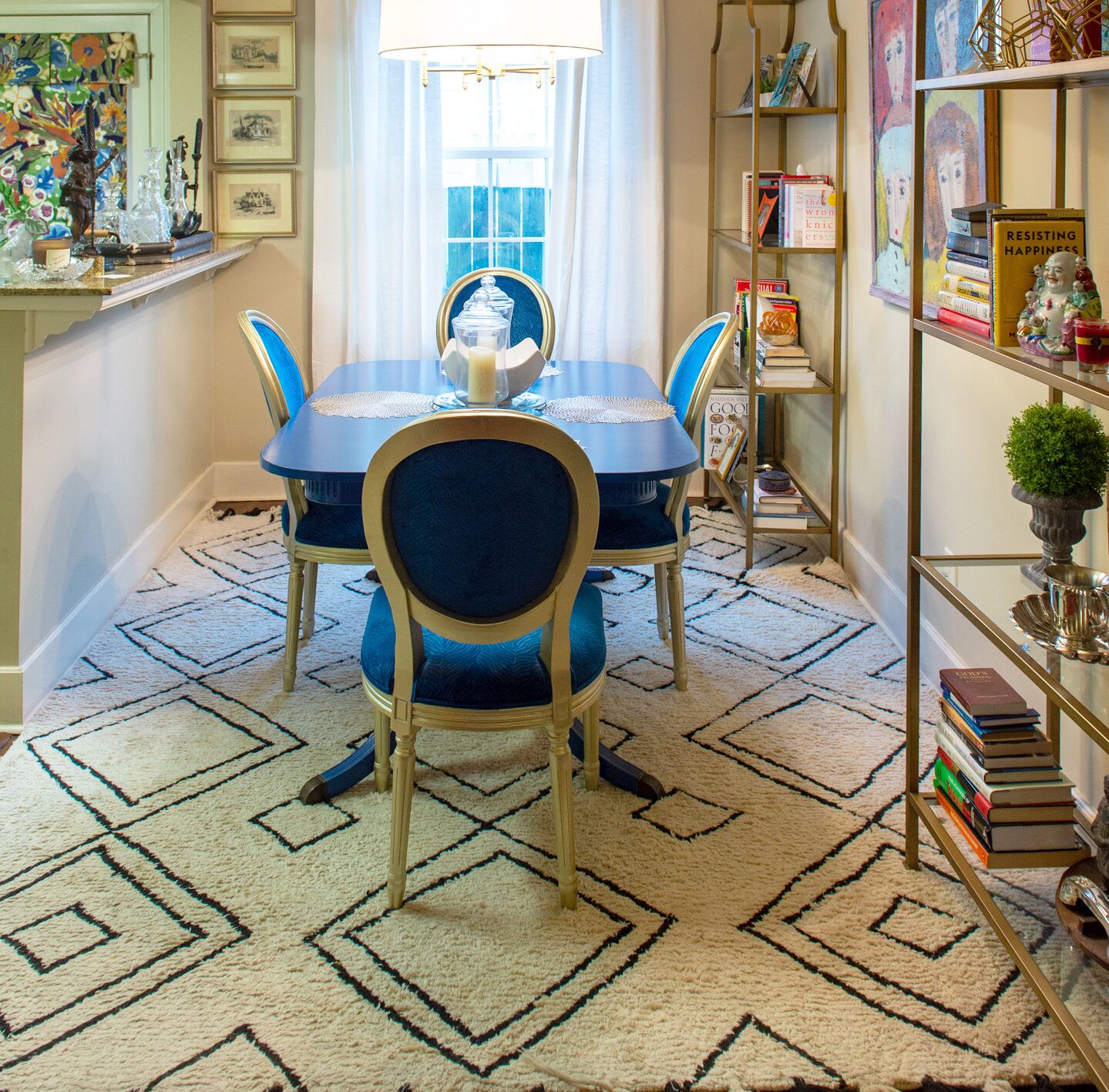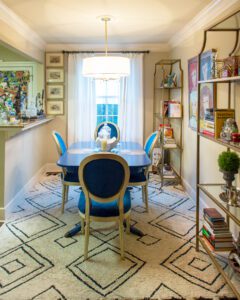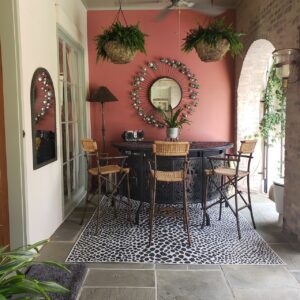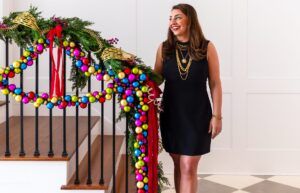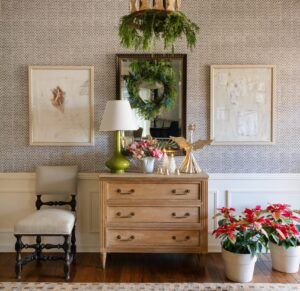Go-to tips for finding harmony in eclectic home design
The design world is filled with a plethora of different aesthetics. From farmhouse to coastal, art deco to midcentury modern, each style has a distinct look with its own accompanying color palette, materials and details. But sometimes you just can’t limit yourself to one and instead choose to freely incorporate a variety of periods and styles for a unique and layered look.
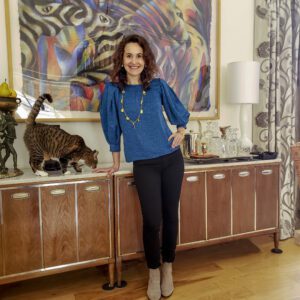
Now we’re talking eclectic—a style that designer Sarah Cooper of Cabell Cooper Design has described as her own person design aesthetic.
“I enjoy sourcing curated materials and design elements from diverse sources,” Cooper says. “My designs are a juxtaposition of old and new, high and low price points, and color and texture.”
Eclectic design is all about creating harmony from disparate styles and contrasting elements. It is crucial to experiment and play—and have fun while doing so. After all, a home’s design should be a direct reflection of oneself.
“It’s gratifying to expose clients to historically or culturally based design elements that they otherwise wouldn’t have been exposed to, and show how they can incorporate pieces from flea markets, auctions, estate sales, garage sales and their own travels into their interiors,” says Cooper. “I think most people get caught up in the notion that cookie cutter design is the easy, approachable, doable way to design. That’s not the case—homes should be a reflection of the homeowner and their personality. Your home should showcase you, not your neighbor’s personality!”
Below, Cooper shares the breakdown on how to achieve layered colors of pattern and texture infused with antiques and modern design elements:
1. Wall color
Start off using a blank canvas. This can be achieved by using a white or light-colored wall paint color.
Introduce a colorful anchor piece, like a sofa or dining room table. Build and layer around that piece, which can either be a modern furniture piece or antique. I like to repurpose old pieces, like the Duncan Phyfe dining room table featured here. It’s painted a high-gloss cobalt blue, and is surrounded by silver-framed Louis XV chairs that are upholstered in a blue velvet fabric.
3. Pattern/color
Use pattern and color with accent pieces, such as rugs, pillows and wall art. Geometric shapes and animal prints always add visual intrigue.
Incorporate wood, iron, metal and glass or acrylic. The outdoor bar that I designed has black wrought iron, wood/rattan seats and a vintage glass mirror.
5. Lighting
Lighting can add an interesting layer of design. Modern table lamps combined with a vintage chandelier can enhance an interior. All of these ideas can individualize your home and create a compelling design scheme.




